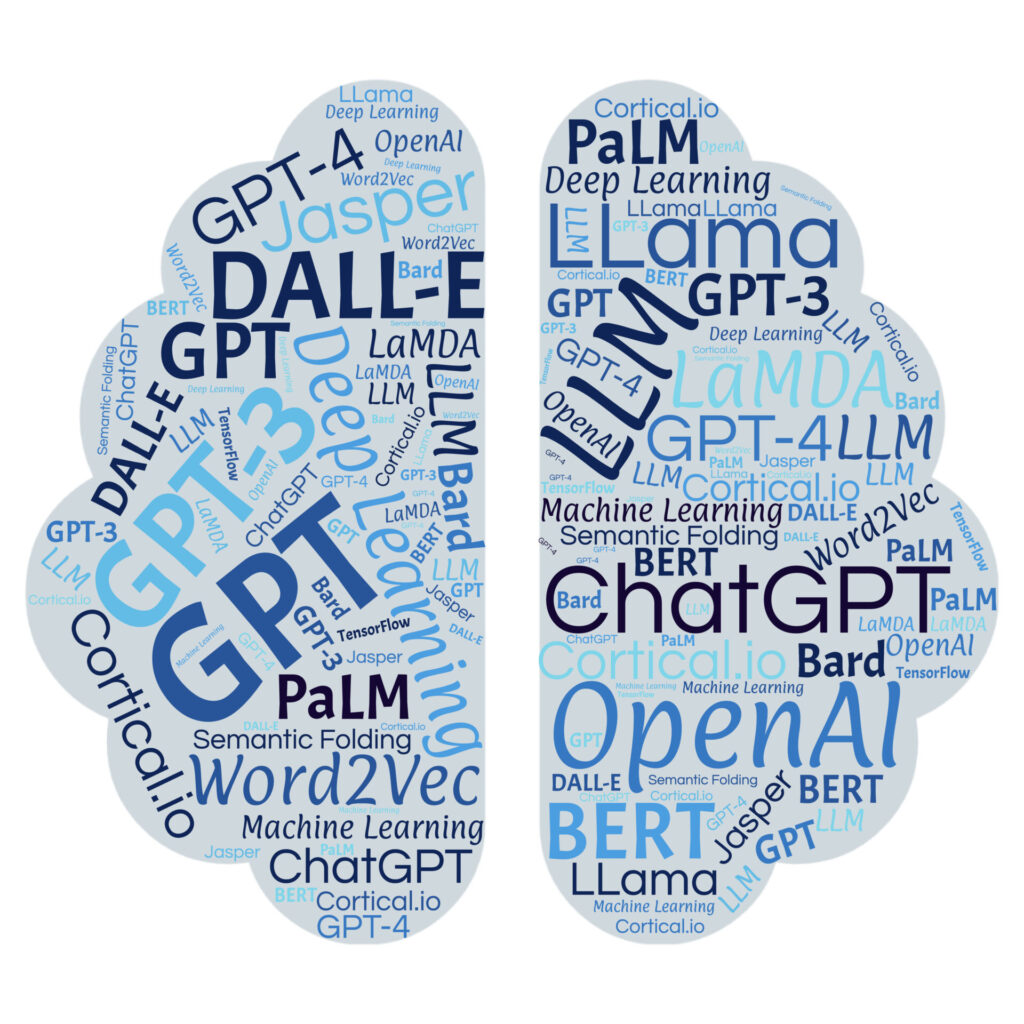
The AI Revolution: Advances in Language ModelsThe AI Revolution: Advances in Language Models The emergence of artificial intelligence (AI) is transforming industries, from healthcare and finance to transportation and entertainment. At the forefront of this revolution are language models, which are computer programs capable of generating text that is indistinguishable from human-written content. A New Era of Natural Language Processing Language models have revolutionized natural language processing (NLP), a subfield of AI that deals with the interaction between computers and human language. Traditional NLP techniques relied on rule-based systems, which were inflexible and limited in their ability to handle complex language. In contrast, language models are trained on massive datasets of text, allowing them to learn the patterns and structures of language in an unsupervised manner. This capability has led to significant advancements in: * Text generation: Language models can create realistic and coherent text, from news articles to poems and screenplays. * Machine translation: Language models enable fast and efficient translation between languages, preserving the meaning and style of the original text. * Question answering: Language models can understand the intent of questions and provide concise, accurate answers from vast knowledge bases. * Conversational AI: Language models are used to power chatbots and virtual assistants, allowing them to engage in human-like conversations. Transformer Architecture The development of the transformer architecture has been a game-changer for language models. Transformers are neural networks that process input data in parallel, enabling them to capture long-range dependencies and contextual relationships within text. This architecture has significantly improved the performance of language models, allowing them to generate more coherent and meaningful text. Large Language Models (LLMs) The latest generation of language models, known as large language models (LLMs), have billions or even trillions of parameters. These models have access to vast amounts of knowledge and can perform a wide range of NLP tasks with remarkable accuracy. LLMs such as GPT-3, BLOOM, and Bard have pushed the boundaries of what computers can do with language. Ethical Considerations The rapid development of language models raises important ethical concerns. These models can be used to generate misinformation, perpetuate biases, and infringe on privacy. It is crucial to address these ethical considerations and develop guidelines for responsible use of language models. Conclusion The AI revolution is fueled by advances in language models, which are transforming the way computers interact with human language. From text generation to machine translation and conversational AI, language models are empowering businesses, researchers, and individuals to achieve unprecedented levels of communication and understanding. As the field continues to evolve, we can expect even more groundbreaking applications of language models in the years to come.
Posted inNews